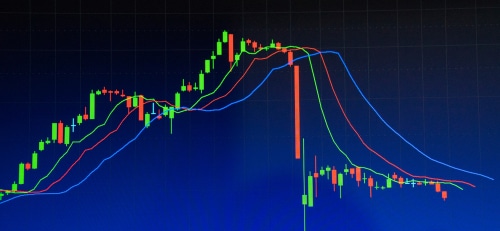I’ve been meaning to post on this topic for a while. Now that I, along with other New Englanders, are starting to dig out of another heavy snowfall, I have time to sit down and put thoughts to paper.
As a longtime researcher in the annuity business, I must acknowledge that I often get stuck “in the weeds” while sifting through filings and prospectuses and forget to take a step back and consider the bigger picture, namely, who are these products being built for and why? And how are they marketed and positioned?
Given that the primary audience of our industry is the financial advisor, I think insurers should always have a team member or two who can relate to advisors and anticipate their needs and preferences.
One such individual I encountered in the past always had a refreshing take on matters. Speaking quickly, he’d start with the question: “Okay, I have a 55-year-old client with $100,000 who is going to retire in 10 years; why should I sell him this product?” From there he would do quick calculations in his head as to how a given variable annuity benefit might perform compared to another.
Other questions he might pose include: “Is the client’s money qualified or non-qualified?” “How comfortable is he with taking on financial risk?” “Does he want to leave assets to a beneficiary upon death?” “Does he have other needs (i.e., long-term care) that might force him to take withdrawals in the accumulation phase?” “Is he comfortable with the concept of annuitization or does he want to retain control of the assets?” “Will he be content with a steady check or would prefer one indexed for inflation?”
I think we can learn much from the VA benefit “arms race” in terms of what resonated most with advisors at that time. One of these was the dollar-for-dollar GMIB/GMDB combination, which gave the client the ability to take a portion of his/her assets each year in income (the base rollup) while maintaining, at minimum, the principal, which could be annuitized later, while the death benefit would protect the client’s beneficiaries. An “RMD friendly” feature would mean that RMDs, even if they exceeded the rollup, would still only reduce the base by the dollar amount withdrawn.
So here you have an arrangement in which four client needs are handled in a single setting: principal protection, current income, future income and wealth transfer. I would argue that these priorities have not changed just because the arms race has ended (more or less); they simply vary in importance by client, and advisors are seeking out other products (such as RILAs, at present) to meet this demand.
Where are we now? I would argue that most clients are in risk management mode; if they have seen their nest eggs grow significantly over the years, they don’t want to give those gains back. They are also starting to think about tapping into their assets. Younger Boomers, who have saved less than those of the earlier waves, may be less likely to need wealth transfer solutions because they won’t have as much to pass on to their heirs.
It’s for that reason I think insurers have been developing some unique income strategies in recent years. Some involve living benefits: in reviewing an indexed annuity product yesterday, I found it contained a GLWB with three payment options: level, index-linked and CPI-linked. That’s way more than I am used to seeing.
Some solutions are geared to systematic withdrawals. A few insurers have obtained private letter rulings from the IRS that will allow payments from non-qualified contracts to receive exclusion ratio tax treatment, like in an annuitization – usually over the client’s projected life expectancy – as long as certain requirements are met. These programs resemble NQ death benefit stretch strategies that got that treatment via PLR; they gained popularity years ago and remain in play.1
In wrapping up, I’ll say that our industry has things well in hand on the accumulation side. What we should be concerned about is decumulation, as I’m sure industry players don’t want to see their clients relying on random withdrawals to draw on their annuities. Which of the income strategies currently in play will gain ascendancy? What will be the future of traditional annuitization? All that remains to be seen; but if one or two ideas start to gain favor, then insurers should work with financial advisors to refine them.
1Note: I recently discovered that in my January 12 issue of The Soleares Report I erroneously wrote that the SECURE Act of 2019 did away with NQ stretch death benefits – call it due to a momentary mental slip – the Act took away stretch payments but only on the qualified side; I have since corrected and reposted that report.








